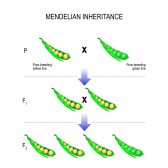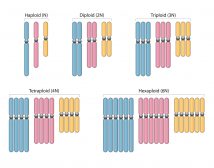Carboxysome is a protein-shell micro-compartment inside bacterial cell and is involved chiefly in carbon fixation. It is a cytoplasmic proteinaceous structure in the cytosol of bacteria such as Cyanobacteria and other CO2-fixing bacteria. It is made up of polyhedral protein shells of 80-140 nm in diameter. It contains enzymes (e.g. ribulose-1,5-biphosphate carboxylase/oxygenase or RubisCO) involved in carbon fixation. Its function is to ensure that there is an adequate concentration of carbon dioxide (CO2) for fixation. It concentrates carbon dioxide inside through co-localized carbonic anhydrase activity that produces CO2 from bicarbonate. The protein shell of the carboxysome prevents the escape of CO2. Having sufficient CO2 near RuBisCO inside the carboxysome warrants carbon fixation and prevents too much photorespiration. Apart from carboxysome, other organellar-like structures in prokaryotes are chlorosome and magnetosome.
See also
- Cell
- Organelle
References
- 4.6C: Carboxysomes. (2019, June 5). Retrieved from Biology LibreTexts website: https://bio.libretexts.org/Bookshelves/Microbiology/Book%3A_Microbiology_(Boundless)/4%3A_Cell_Structure_of_Bacteria%2C_Archaea%2C_and_Eukaryotes/4.6%3A_Specialized_Internal_Structures_of_Prokaryotes/4.6C%3A_Carboxysomes
© Biology Online. Content provided and moderated by Biology Online Editors







